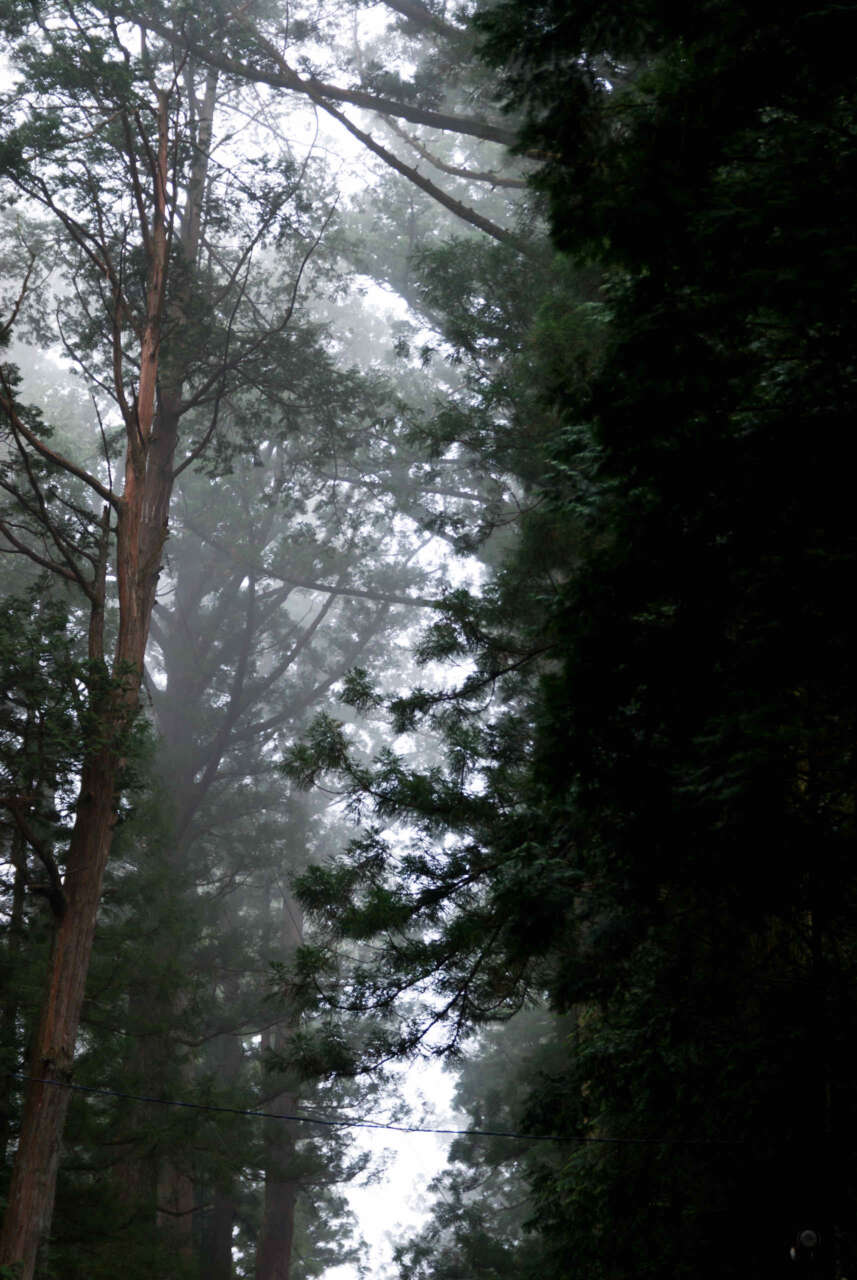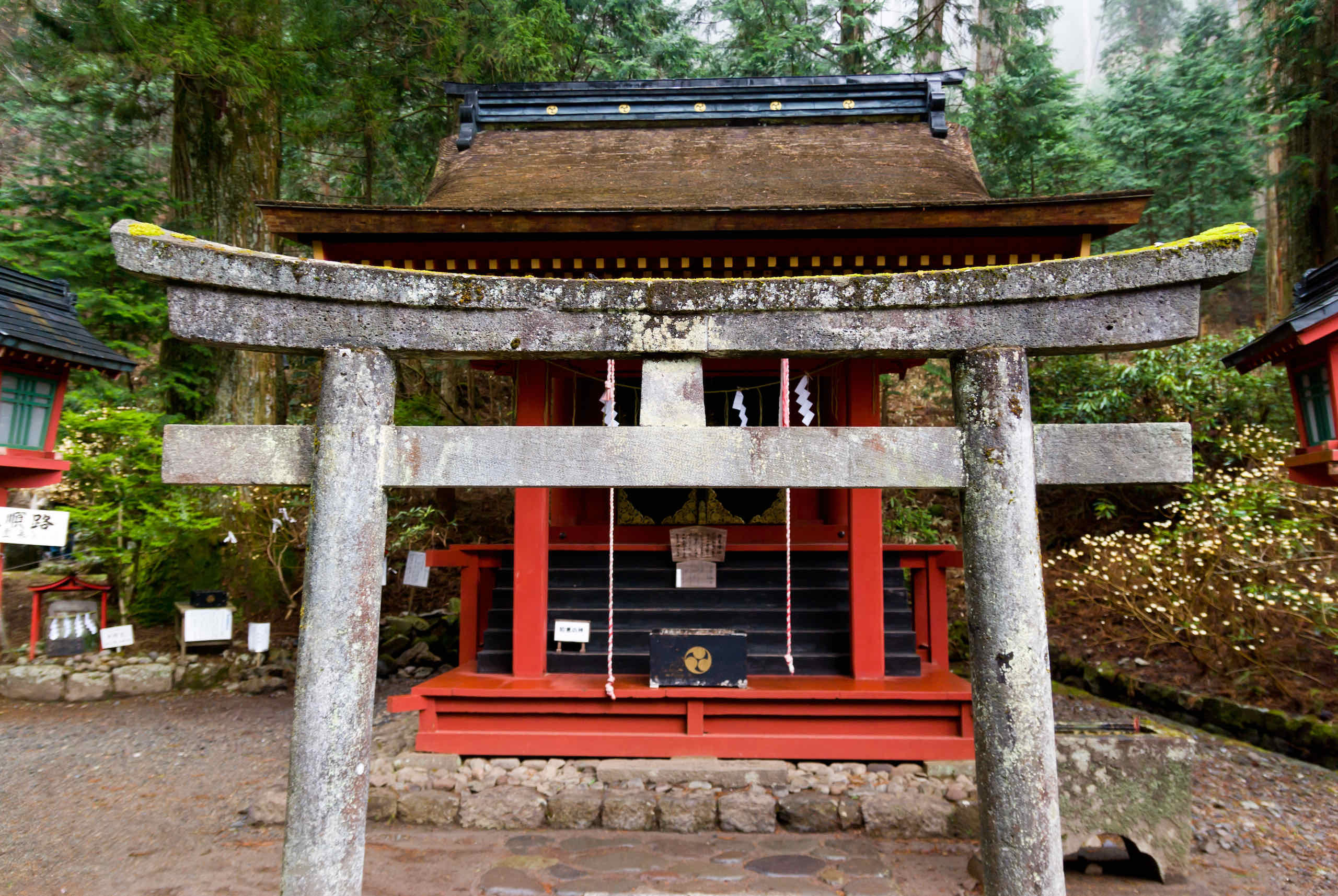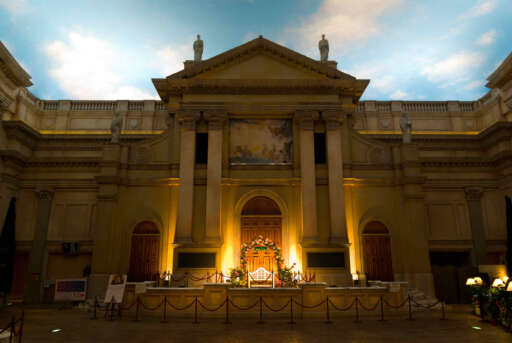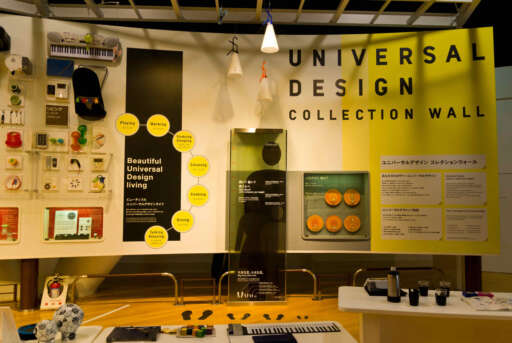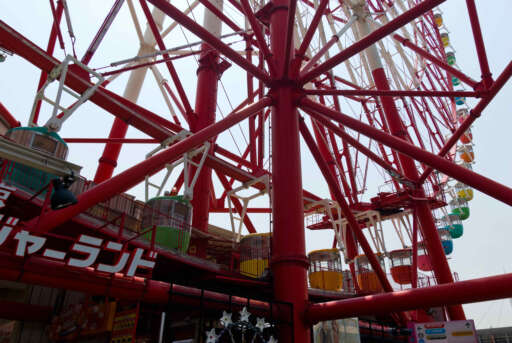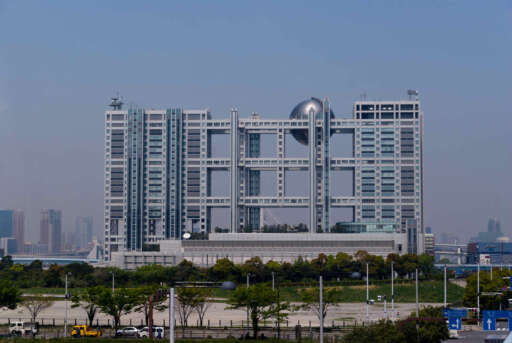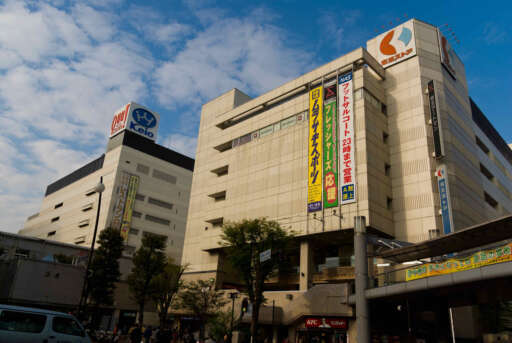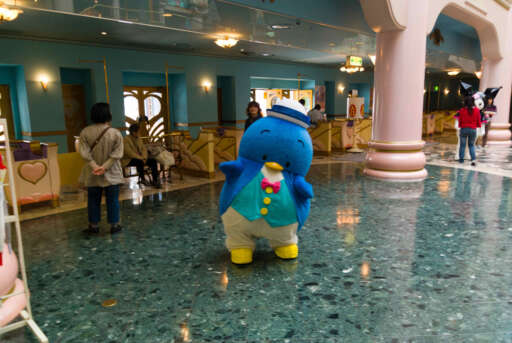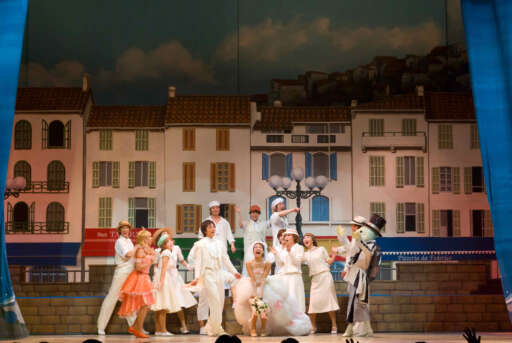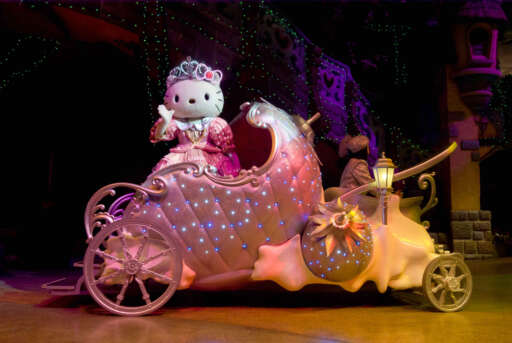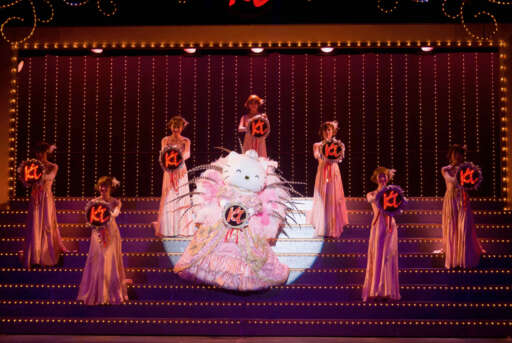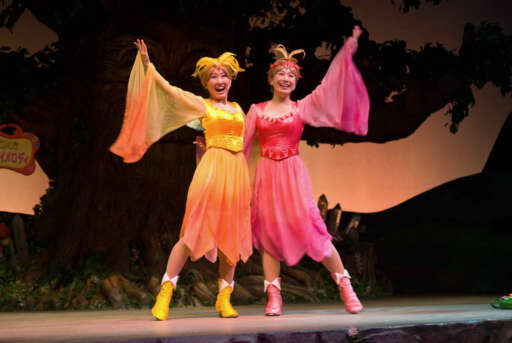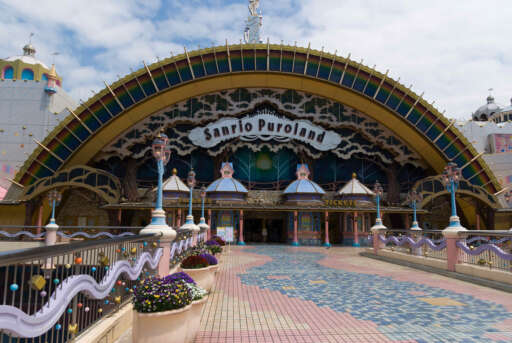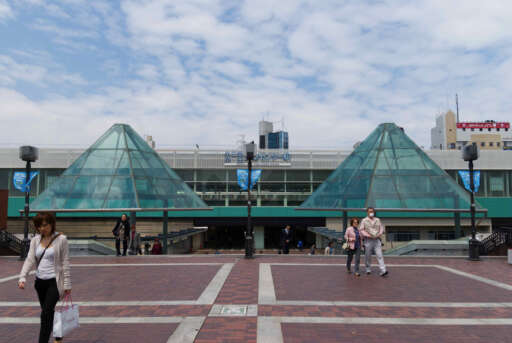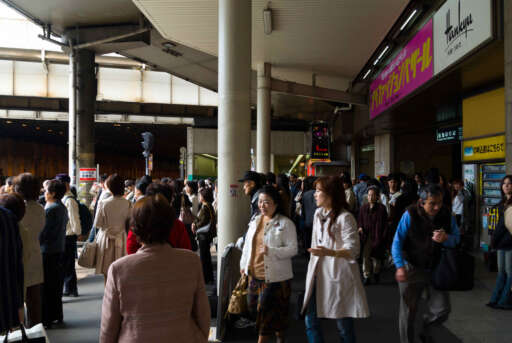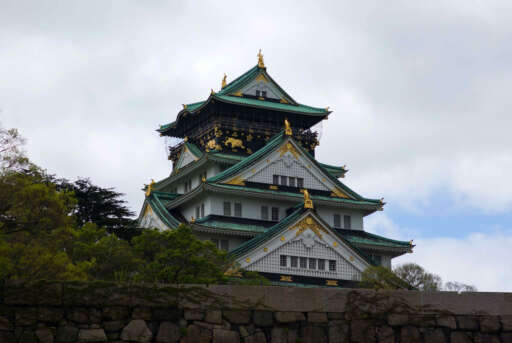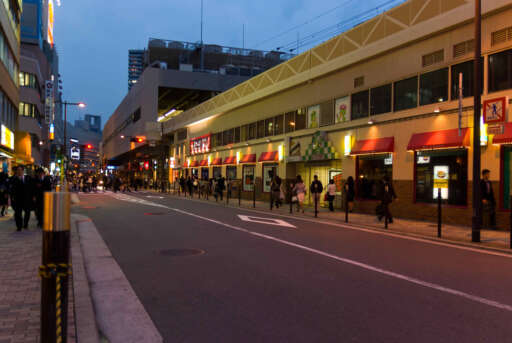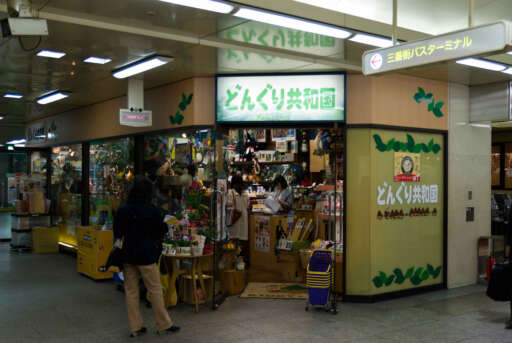Futarasan (二荒山) contains some of the oldest shrines in Nikko, some of these were built under the direction of Holy Man Shoudou himself.
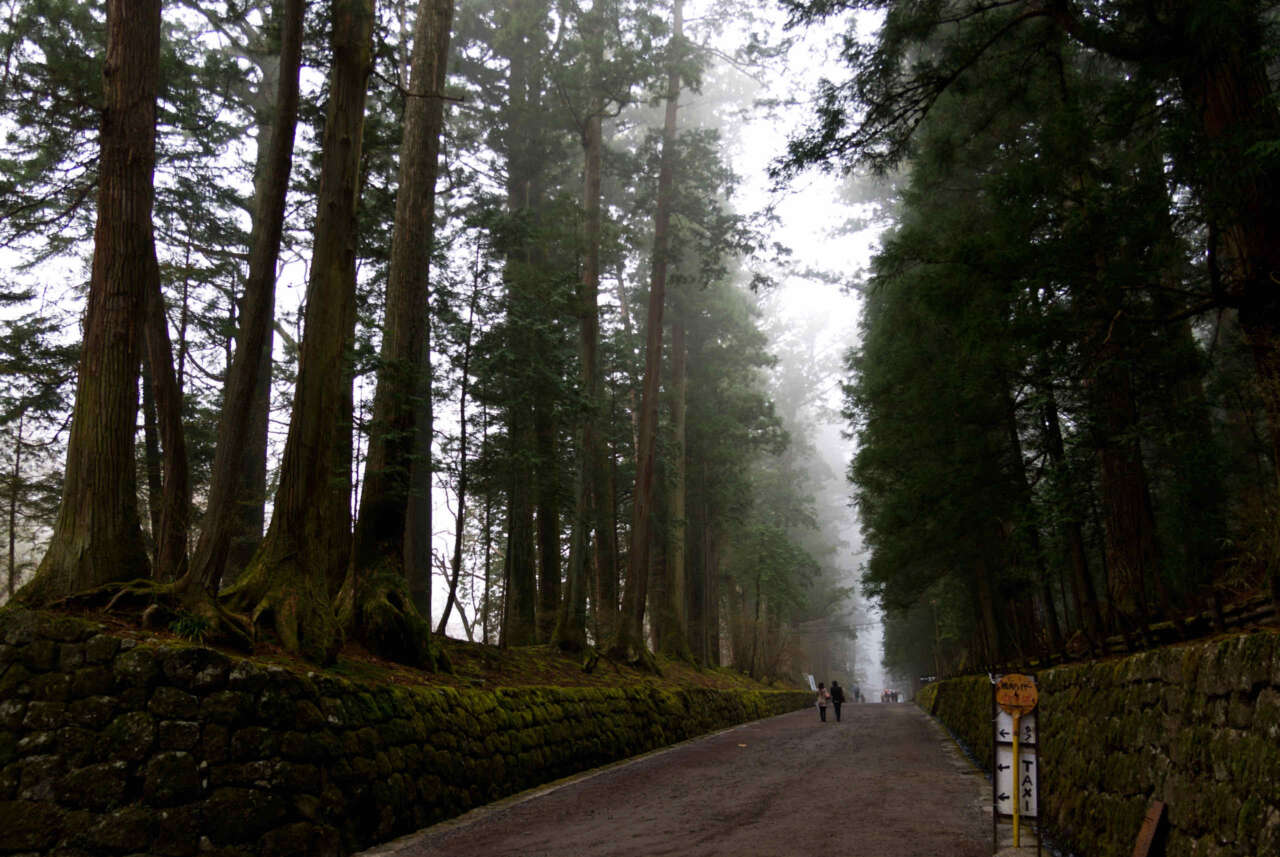
There are two ways to get to Futarasan, and it’s basically the “high road or the low road.” The low road, or Shimoshindou (下新道), goes through a pine and cedar forest which looks amazing in the mist.
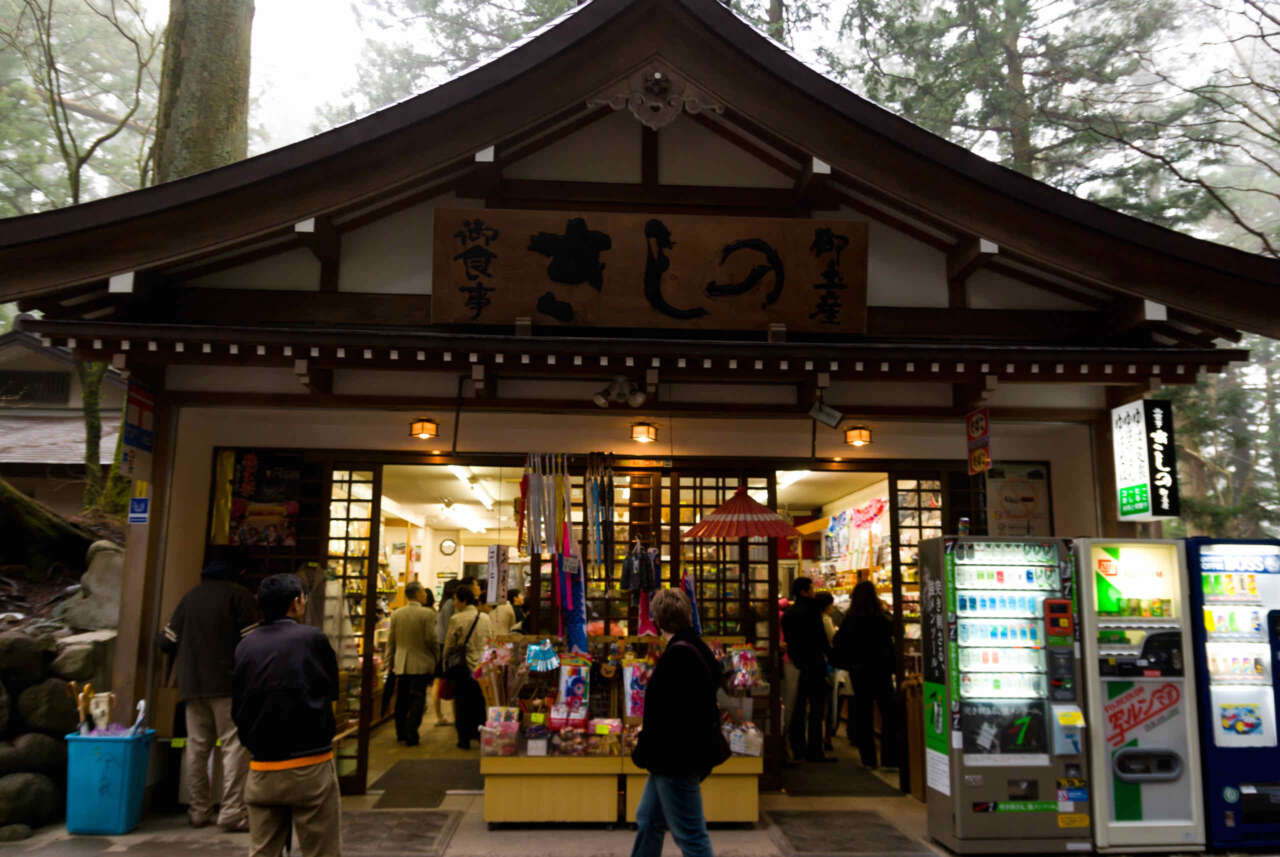
And there’s also a post office and souvenir shop at the start of this road.
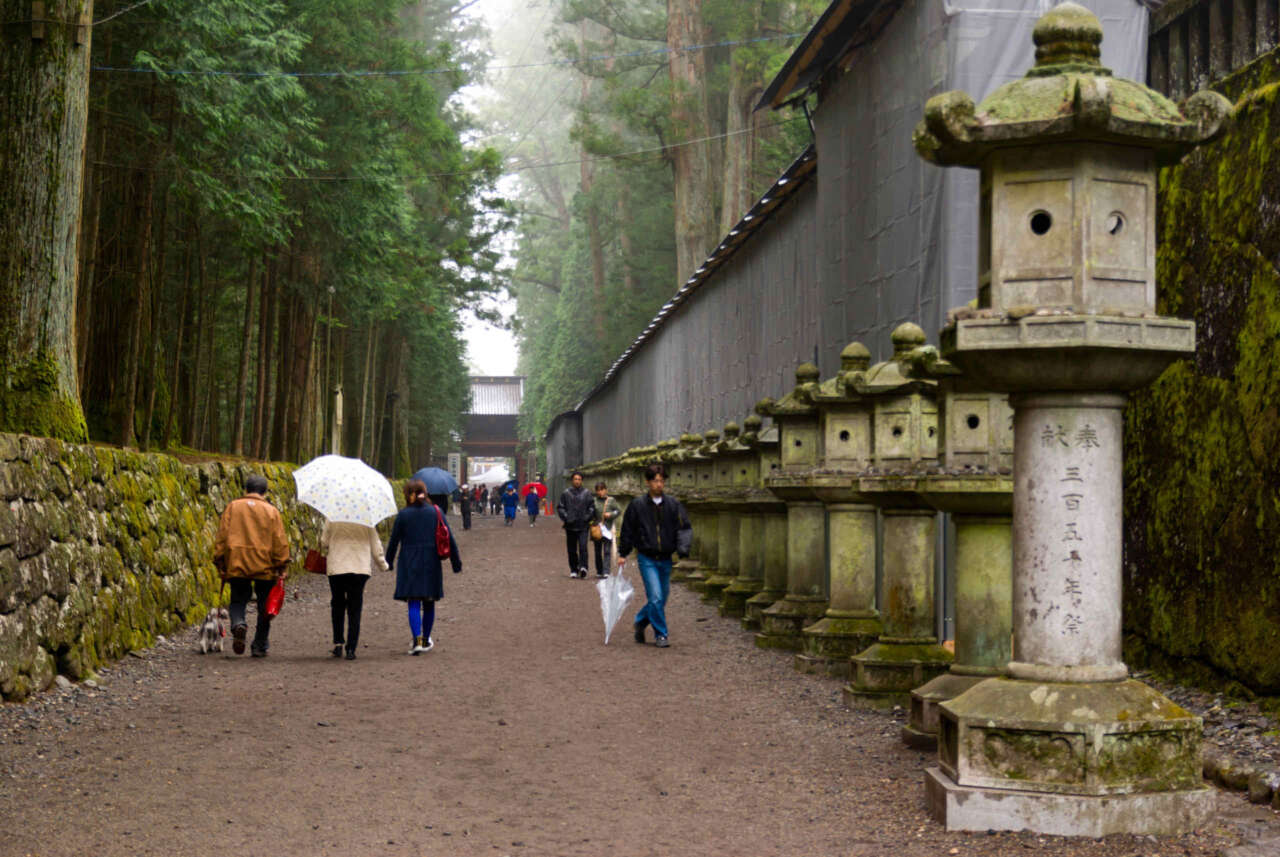
The high road, Kamishinmichi (上新道), is lined with stone lanterns.
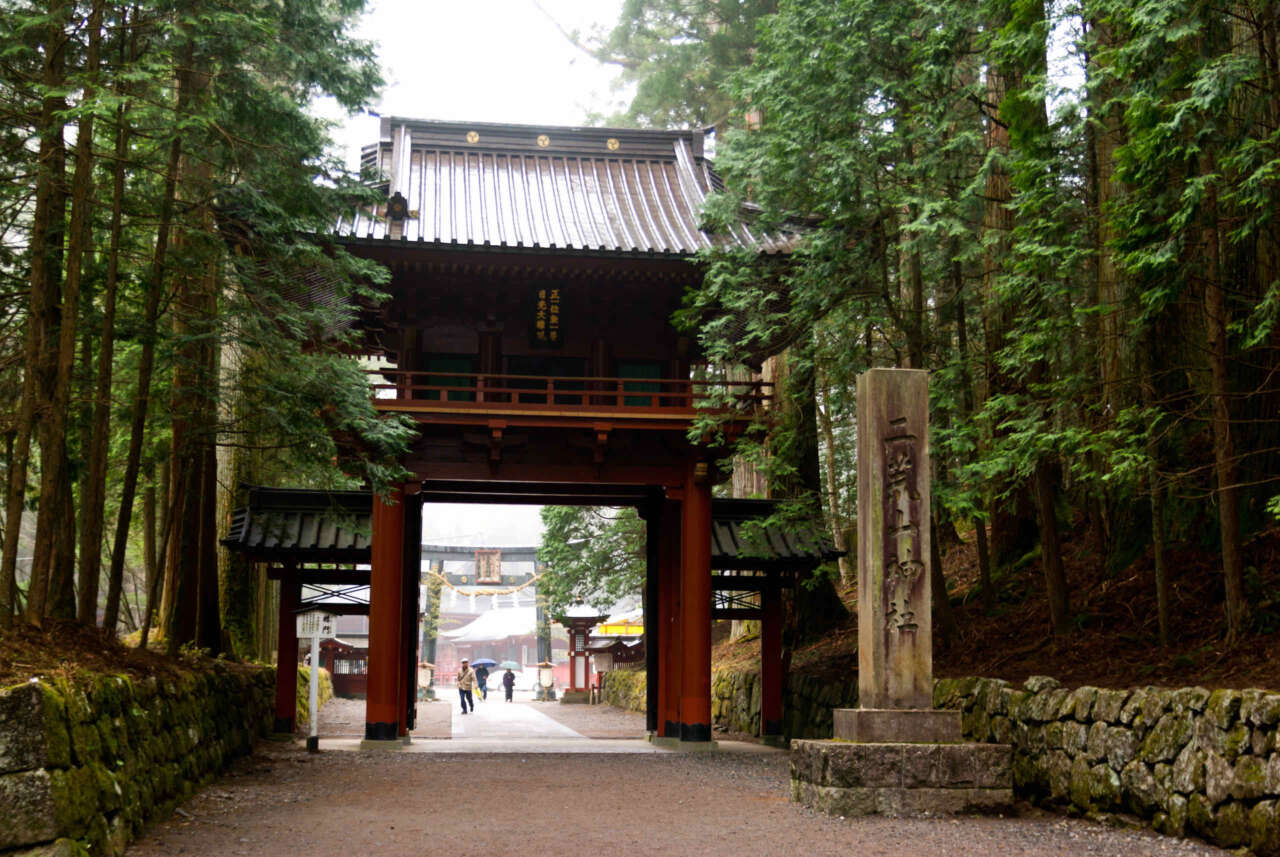
At the end of the high road is an impressive looking gate, the Roumon (楼門) – I later found out this gate is actually fairly new – built in 1982 to commemorate the 1200 year anniversary of the establishment of the Okumiya (奥宮).
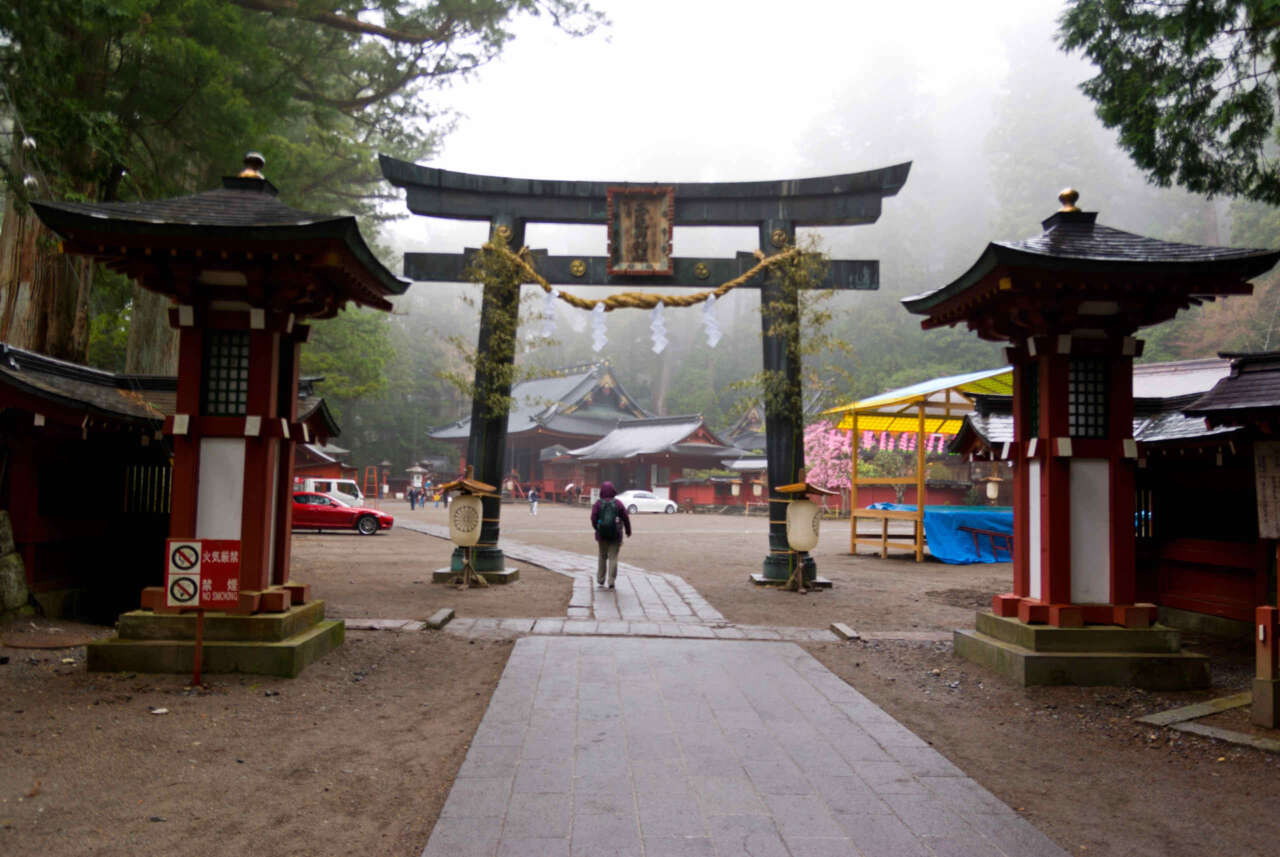
After that, there is a bronze Torii.
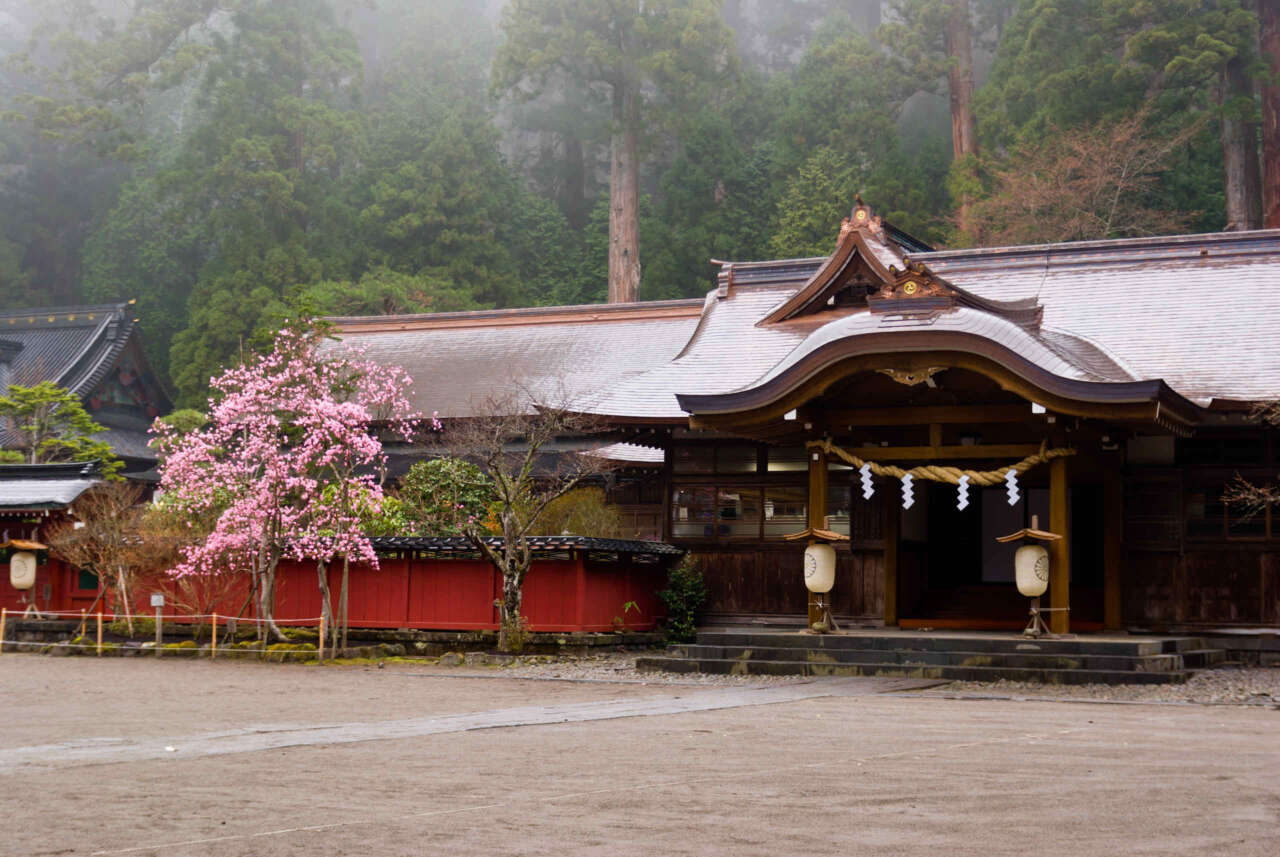
This is an administration office – the Shamusho (社務所) – with a cherry tree in full blossom.
I think the cherry blossoms are known as Kawazuzakura (河津桜) – it’s hybrid breed with 5 petals of a fairly deep shade of pink.
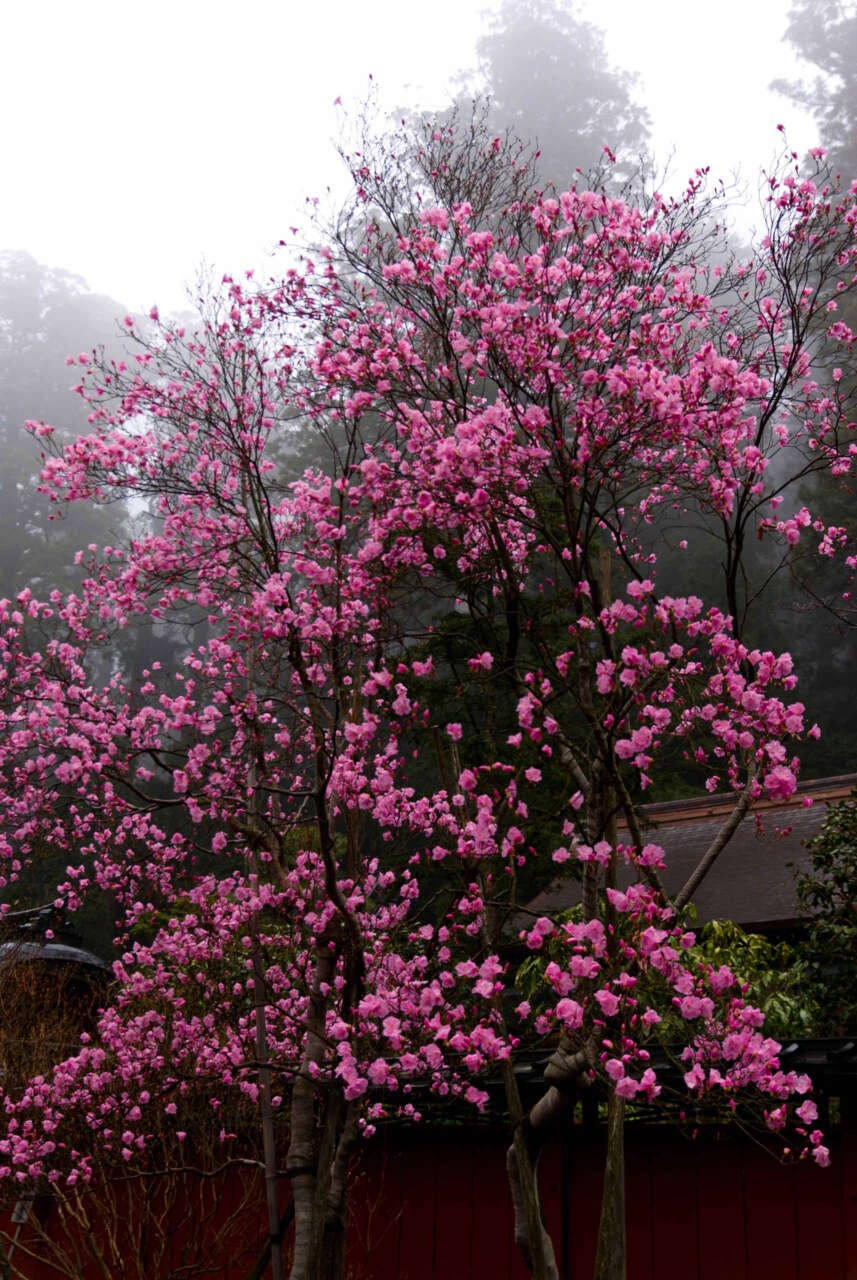
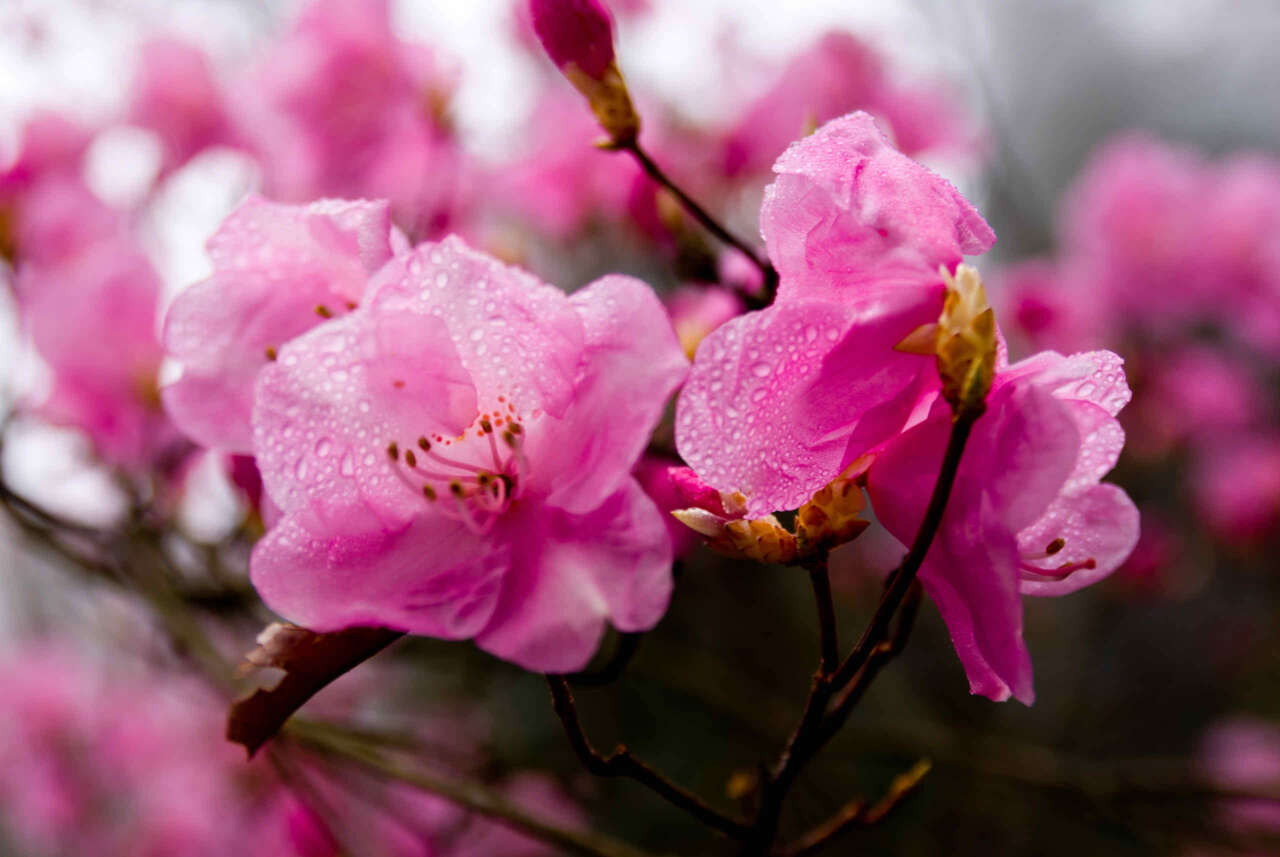
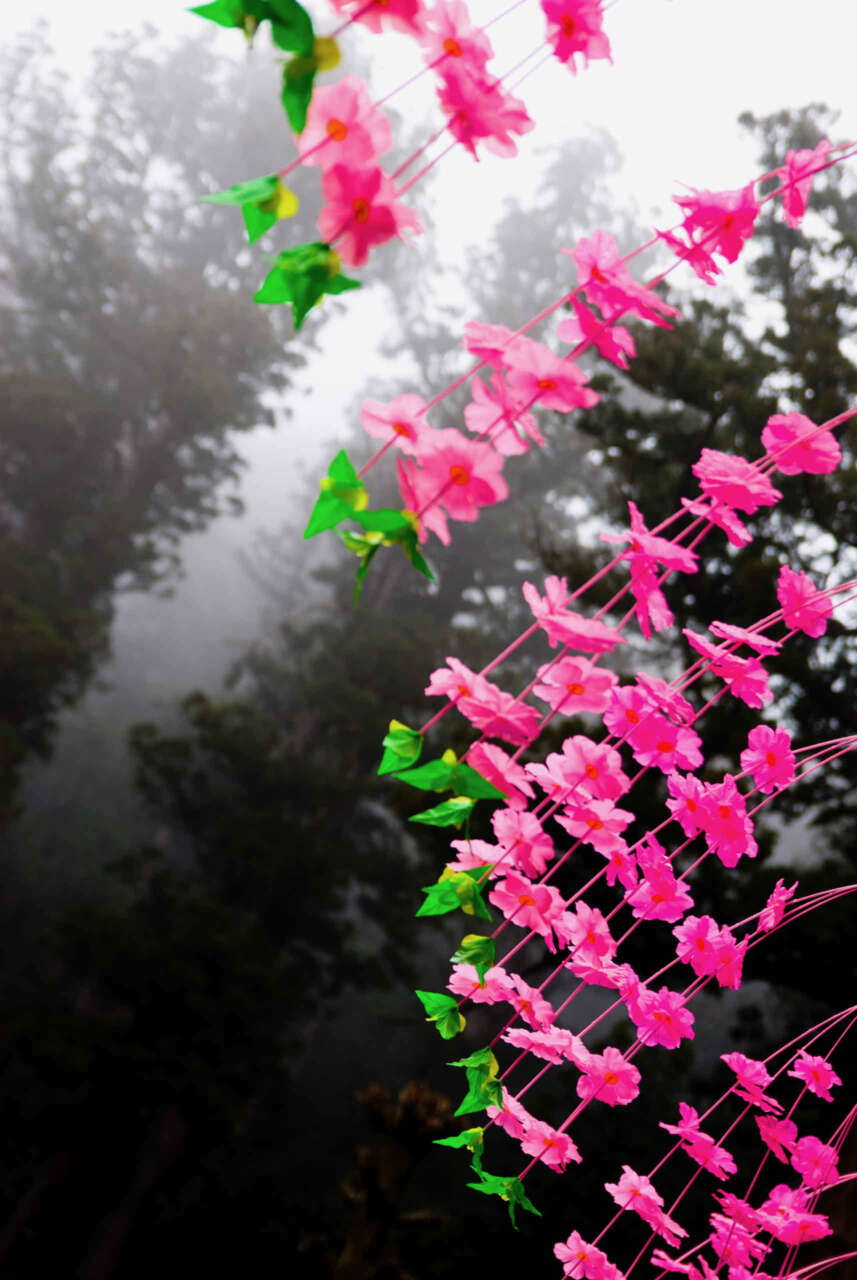
It was interesting comparing the delicacy of the real flowers with the decorative ones, found on a nearby tree.
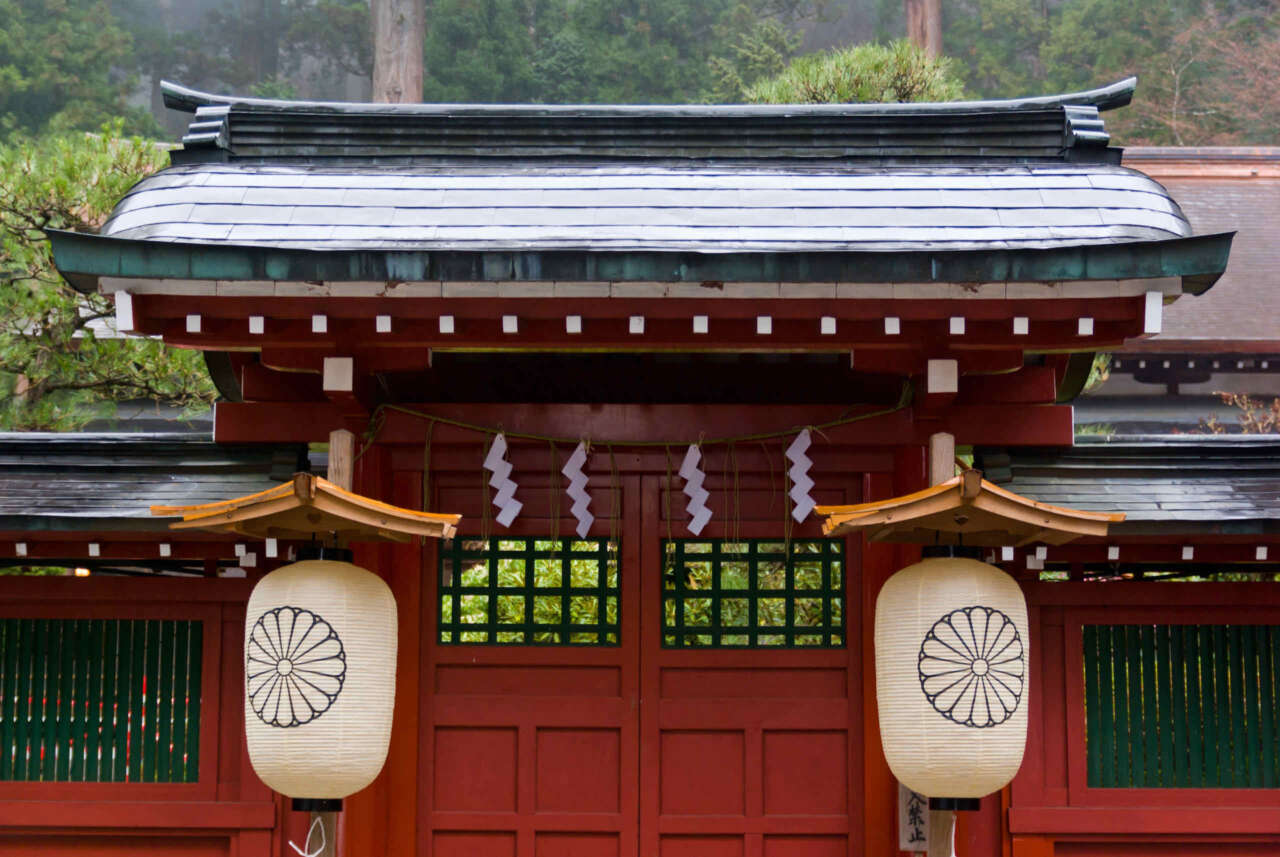
This is a red lacquered gate – the Shinmon ( (神門).
And this is the Kaguraden stage (神楽殿), used for the Yaotome maiden dance on 2 April.
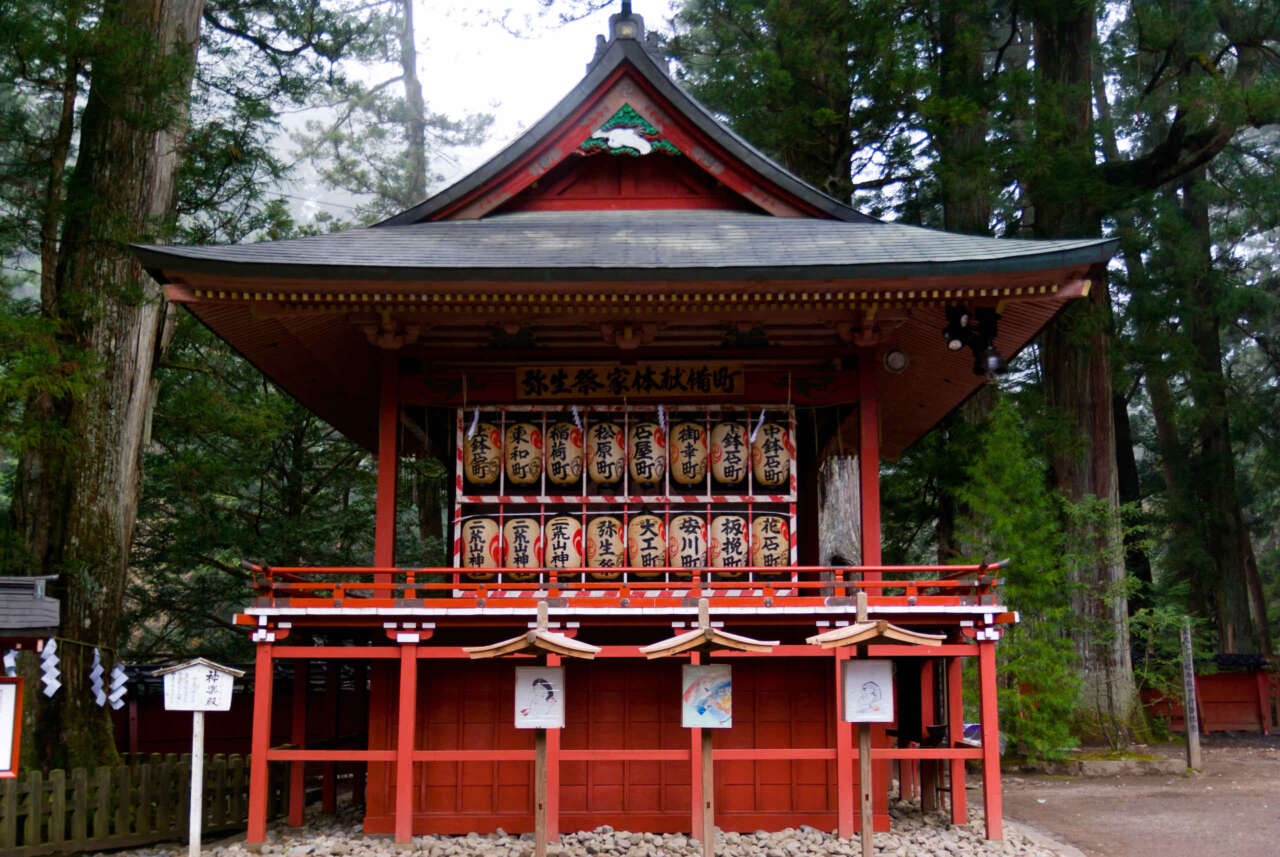
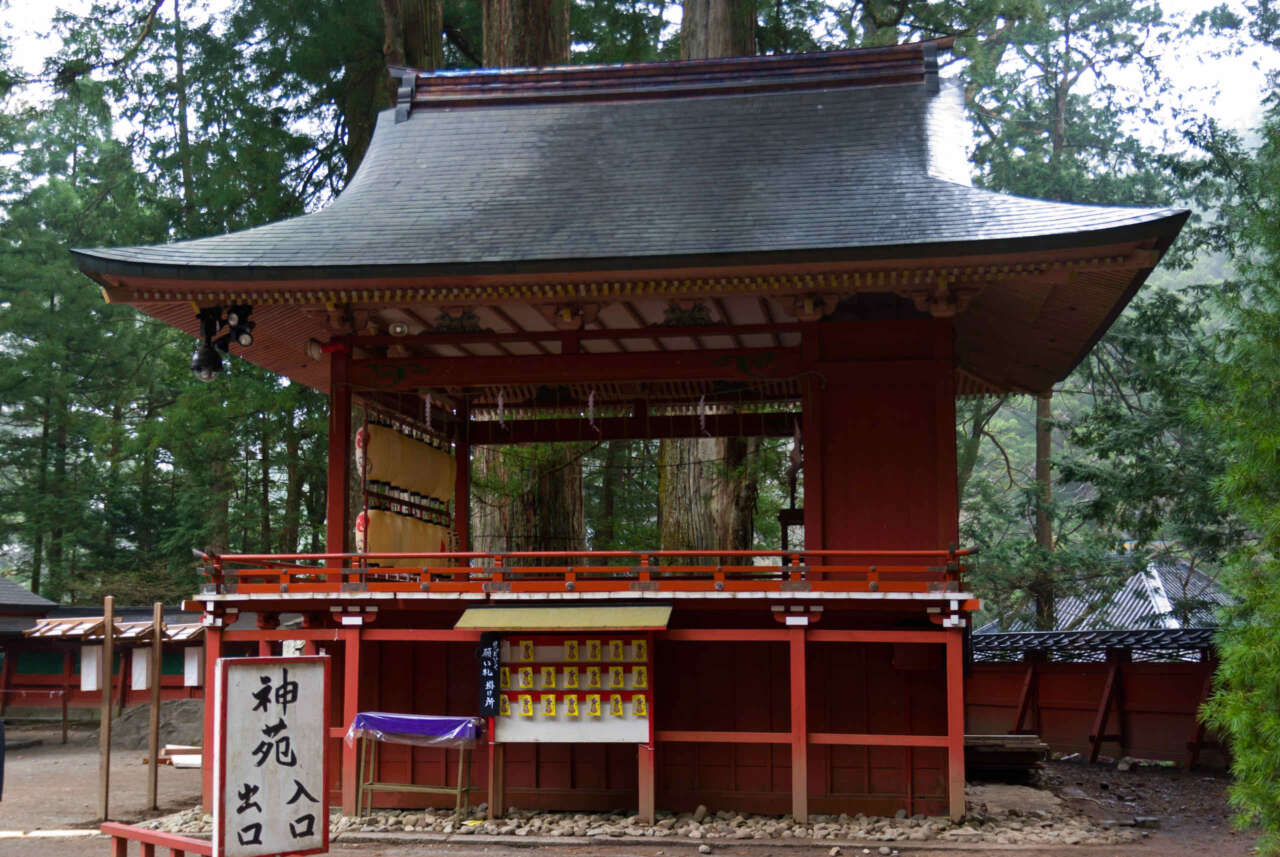
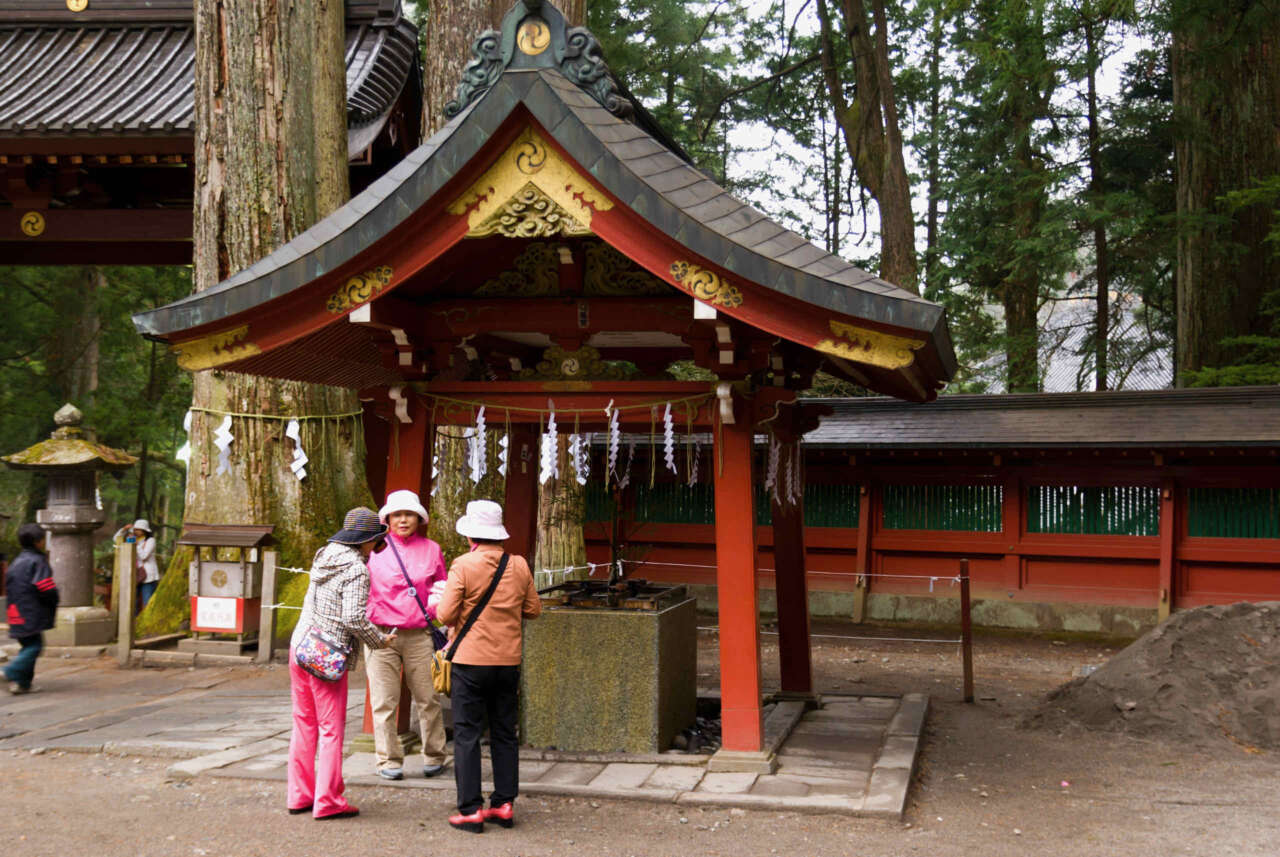
The Temizusha water house (手水舎).
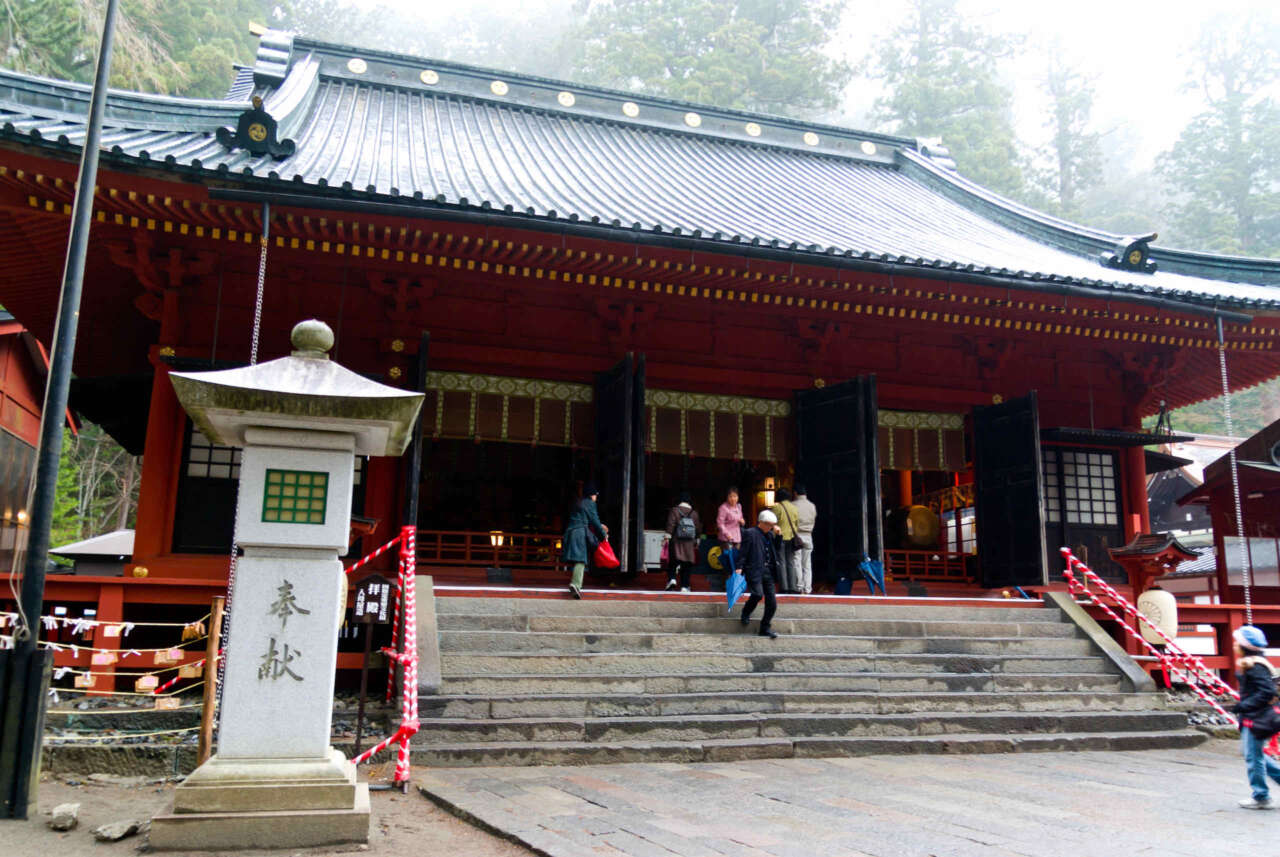
The main hall – Honden (本殿).
And some auxiliary shrines – this is the Honguu shrine (本宮神社).
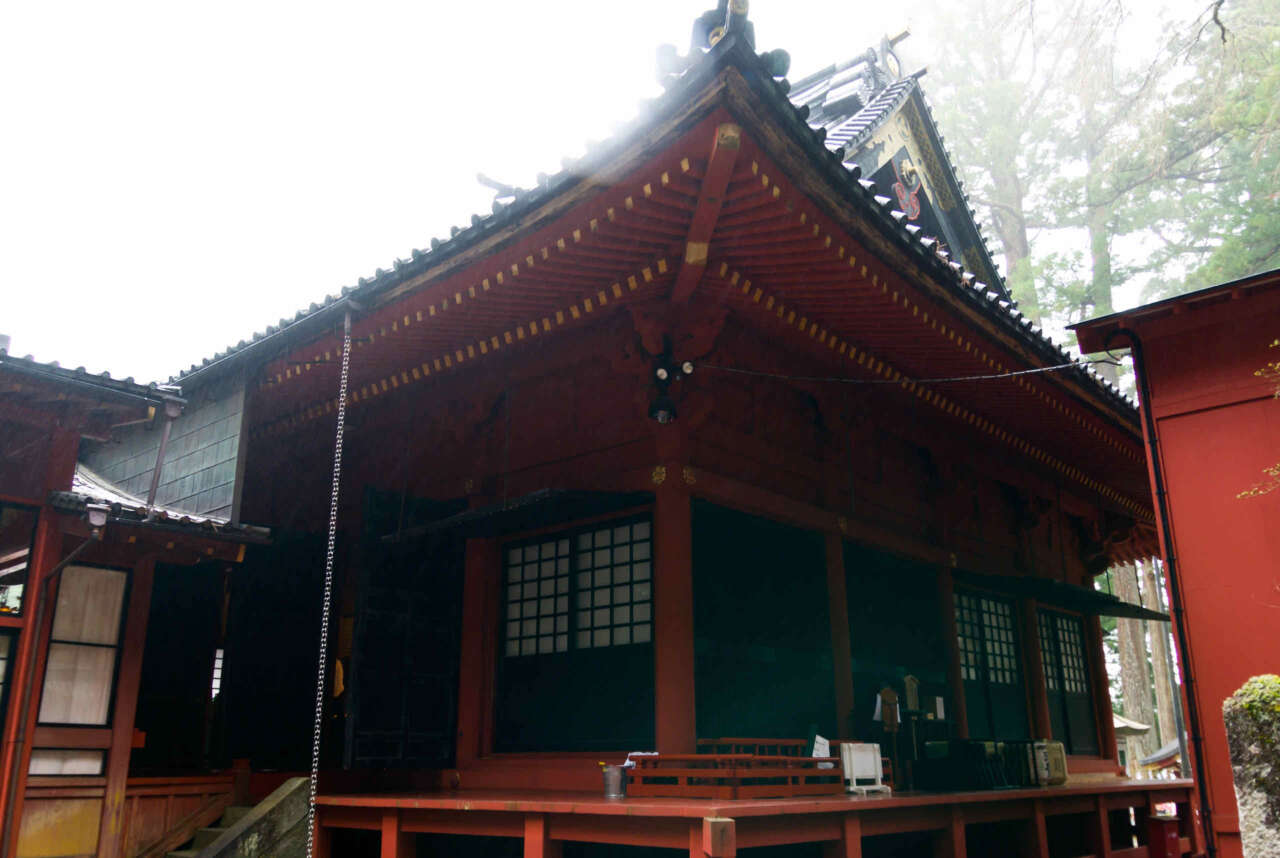
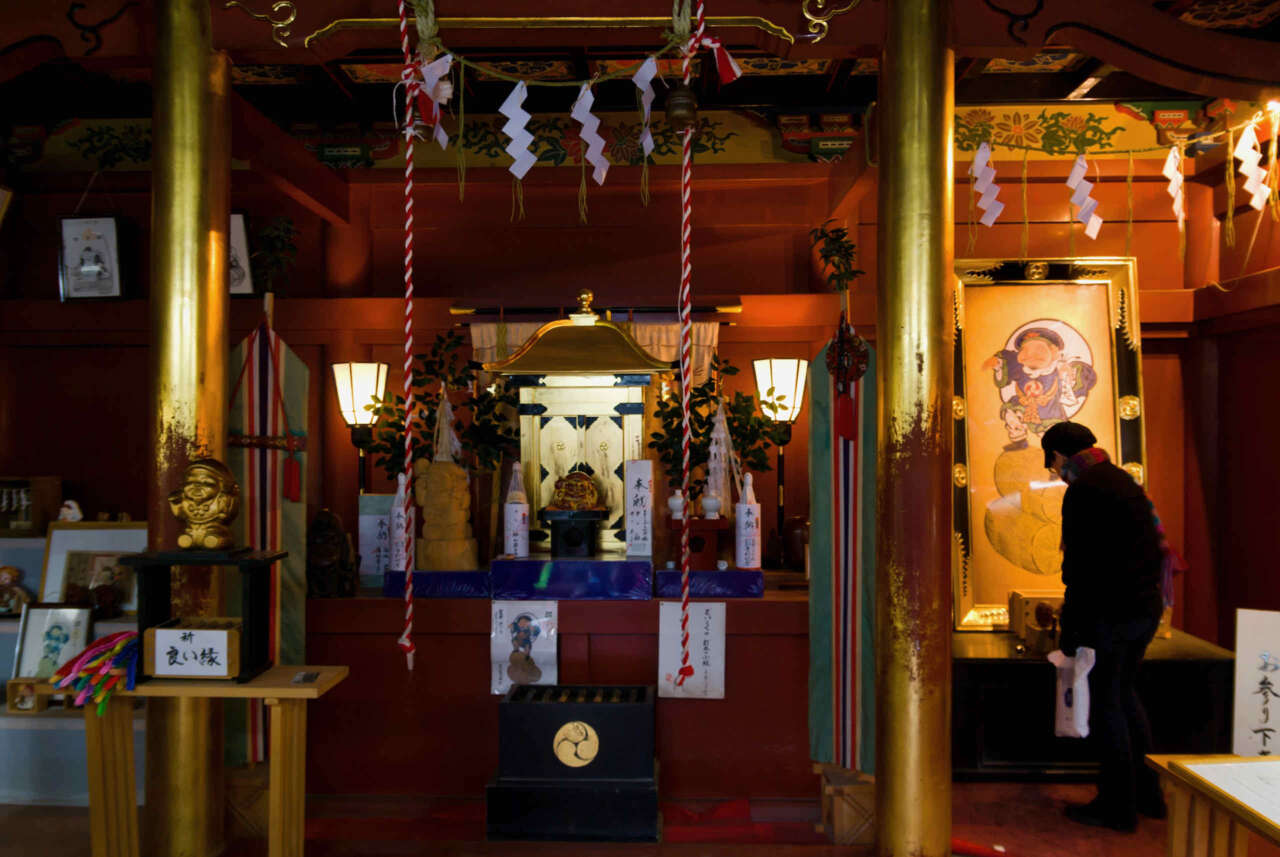
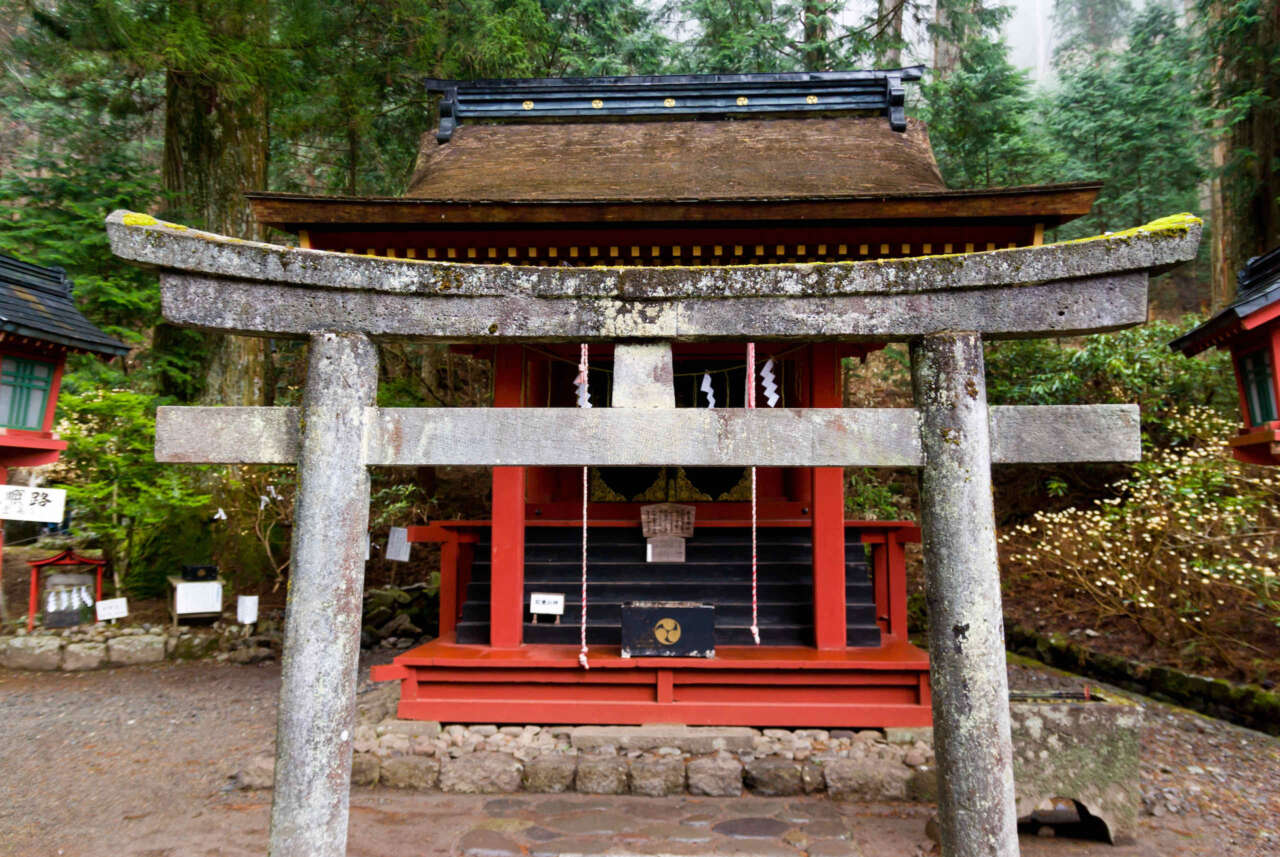
The Mitomo shrine (朋友神社).
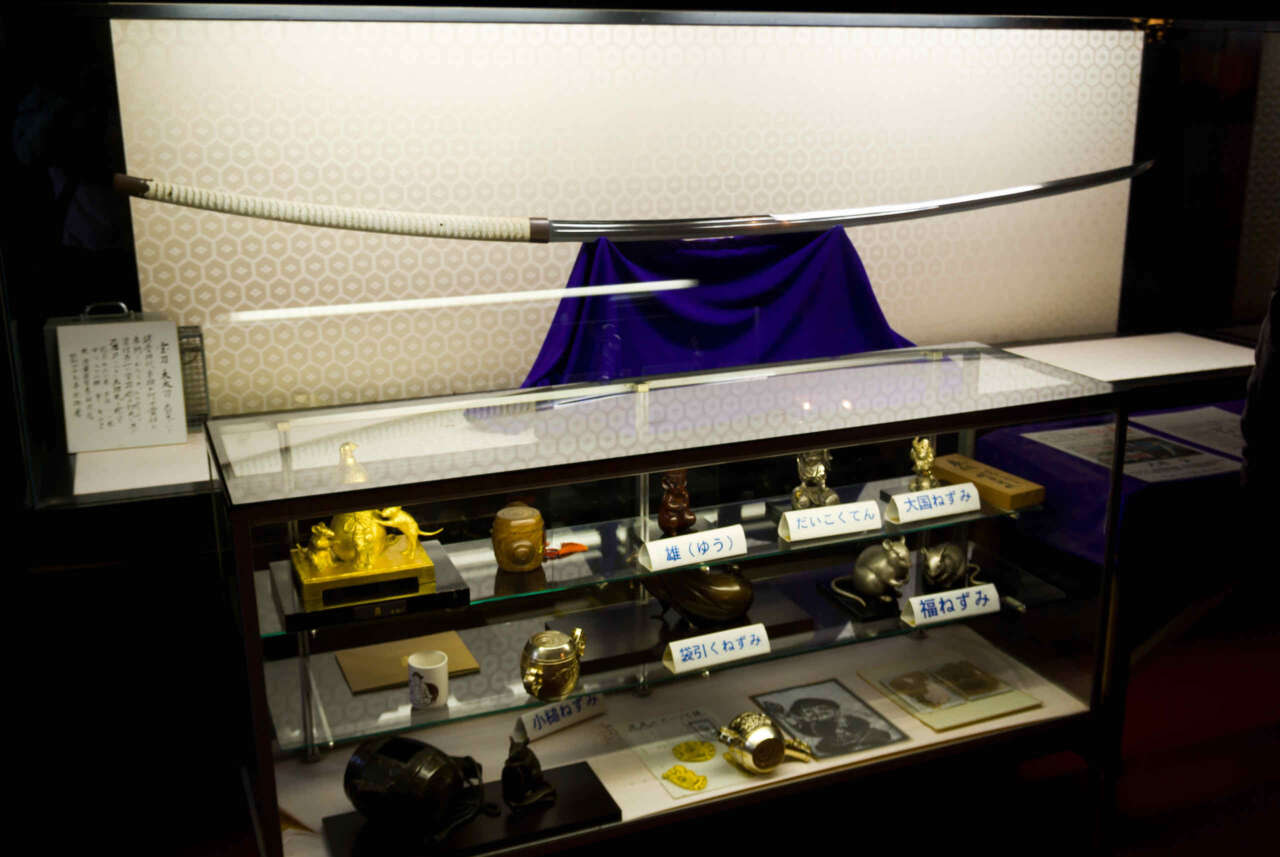
One of the sacred swords kept at Futarasan – not exactly sure which one.
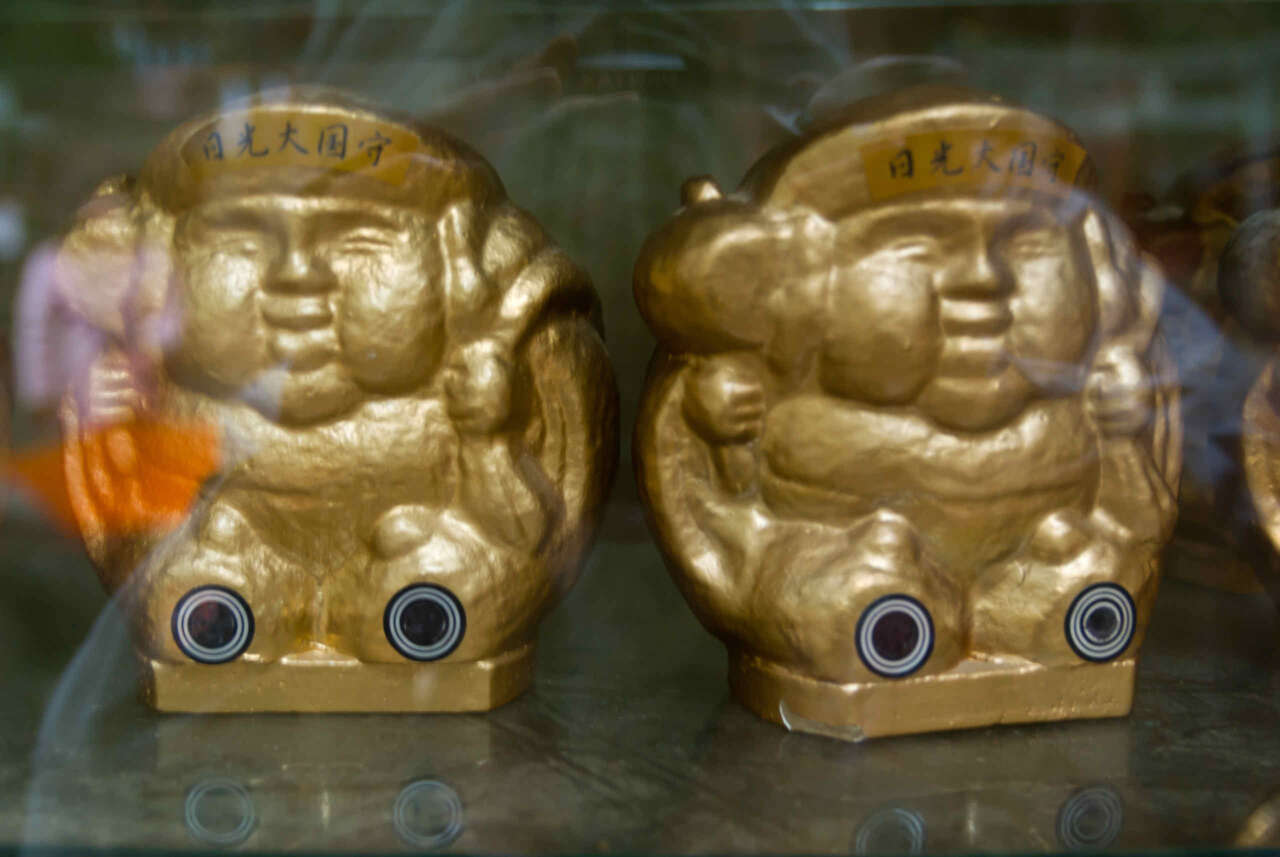
The shrines sell little charms called Nikko Daikoku Omamori (日光大国御守) – supposedly brings happiness to the owner.
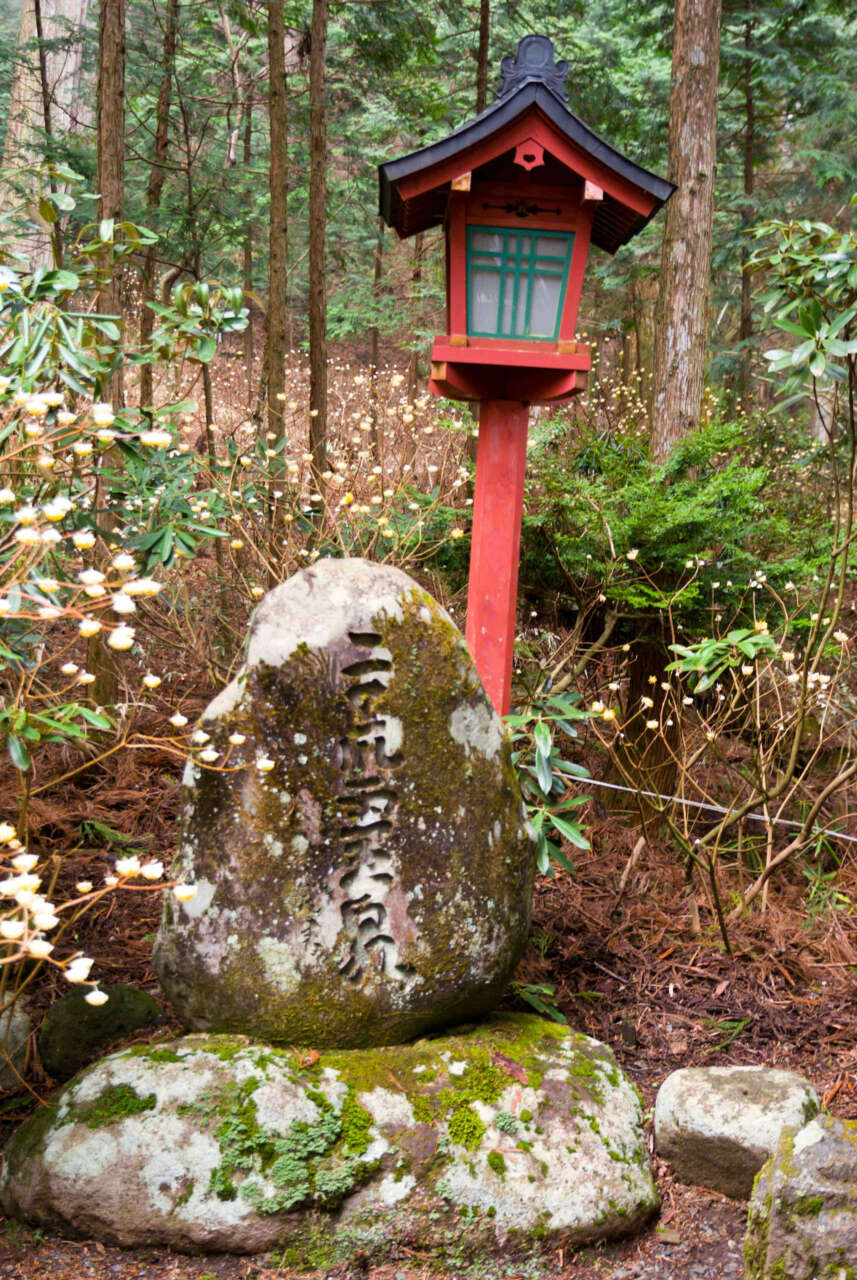
There’s quite a few red lanterns around the shrines.
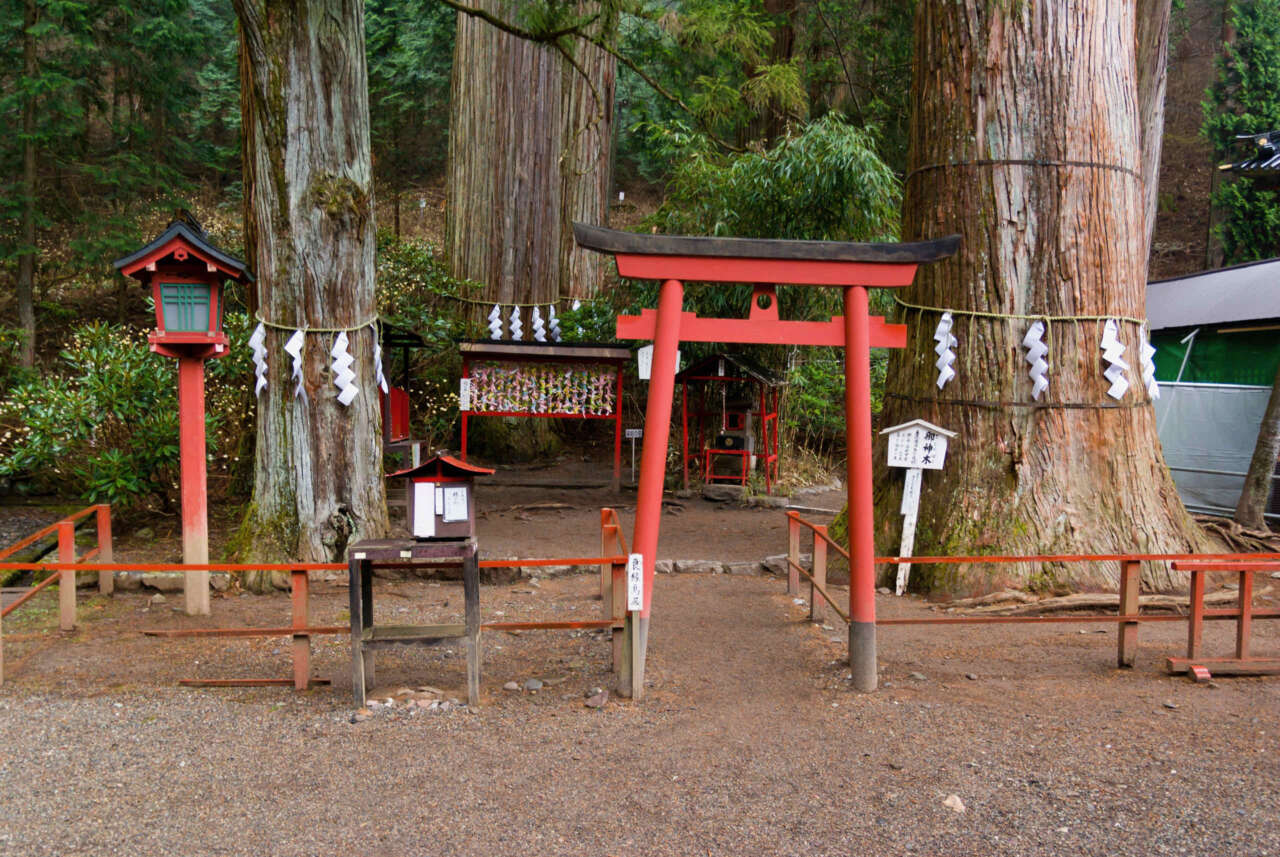
At the foot of the mountain are several sacred trees that are worshipped.
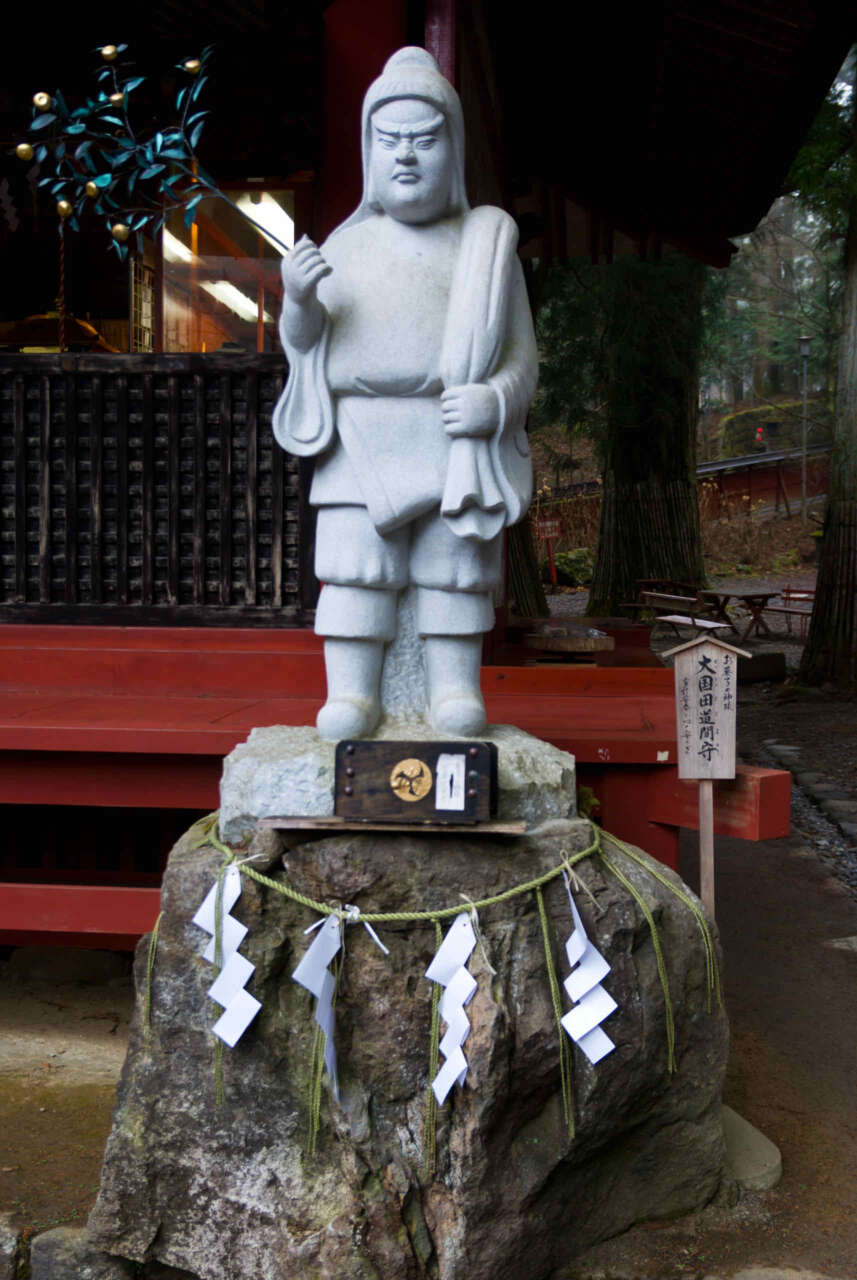
This is a deity – Tajimamori (田道間守) – that you can pray to and make offerings (wooden box).
Behind the Mitomo shrine is the Futara spiritual spring, supposedly will cure eye disease (as well as making good sake)
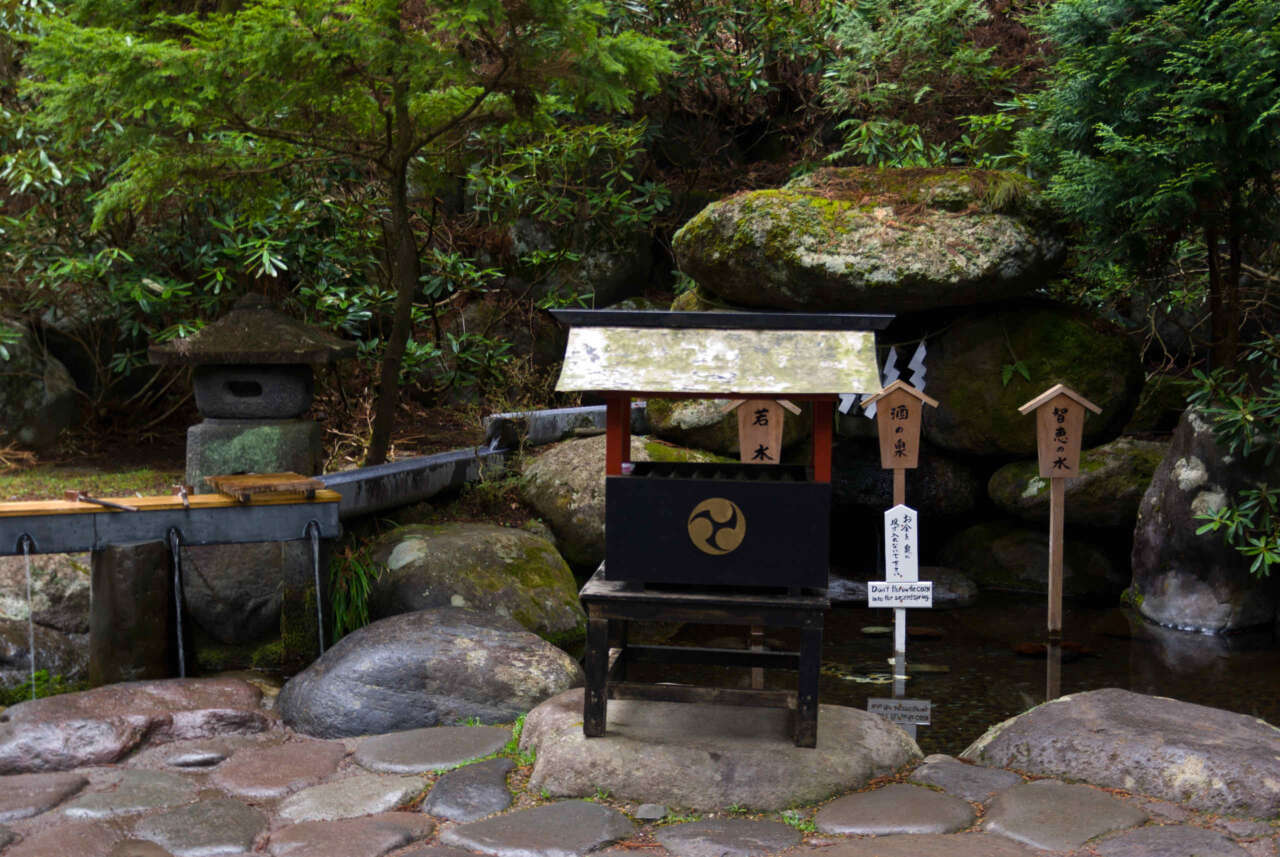
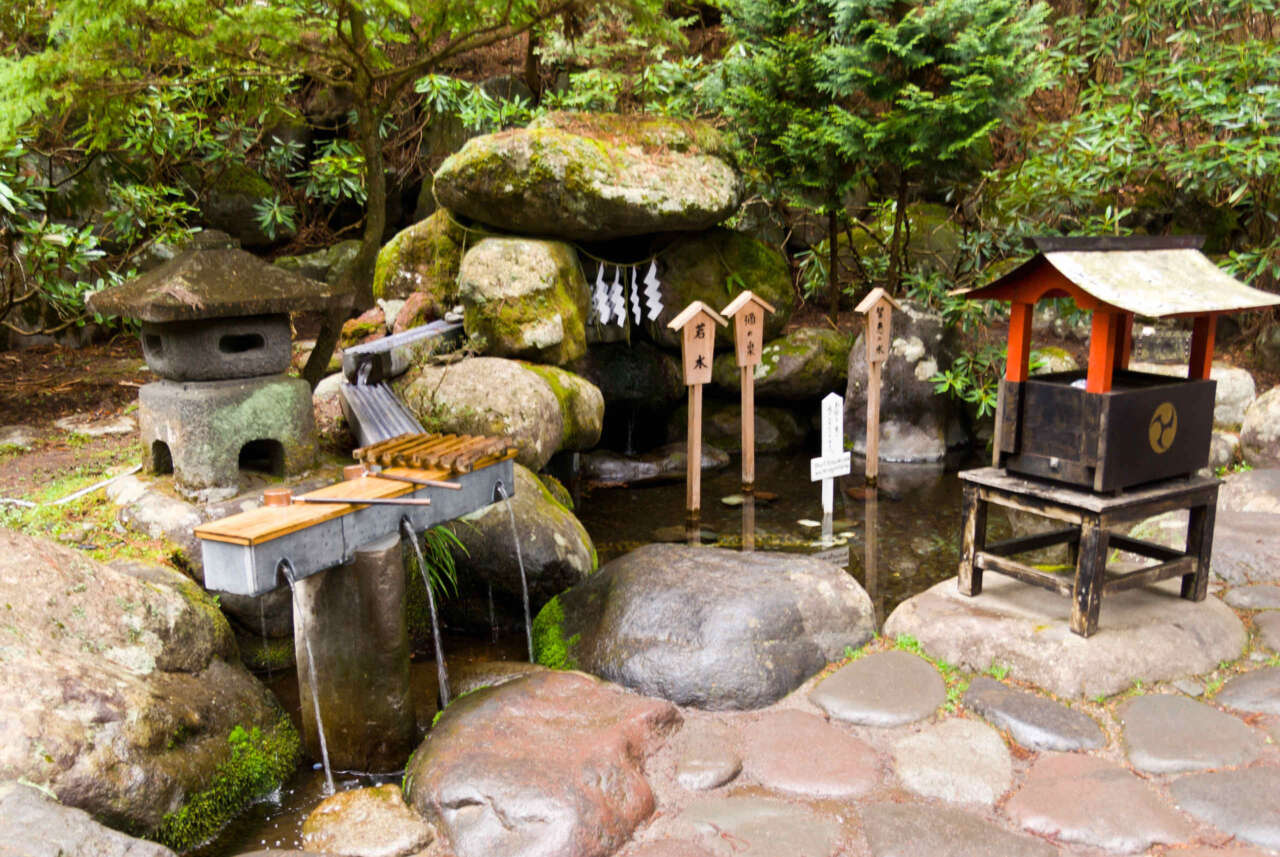
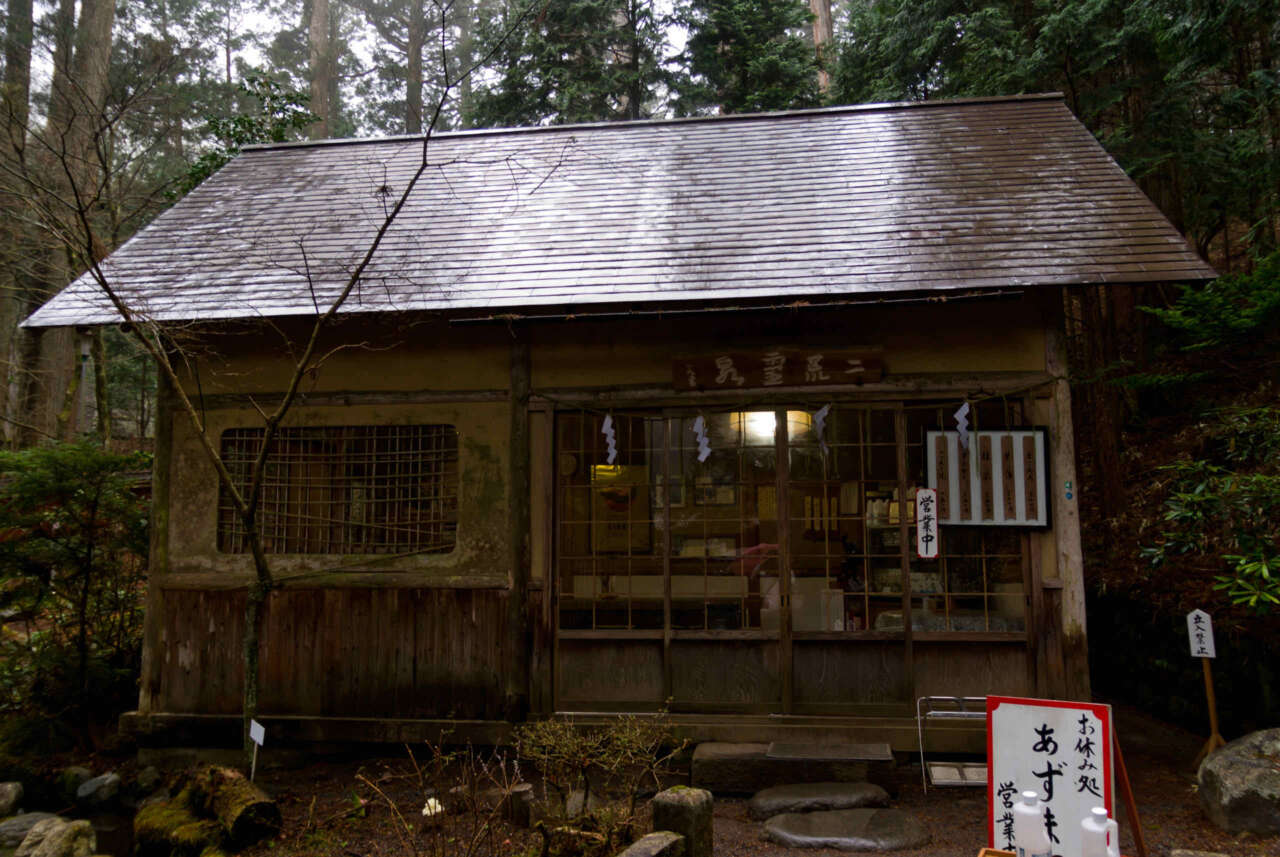
And next to this spring is an old tea house called Azumaya where you can drink tea made from water from the sacred spring.
Full set of photos:




